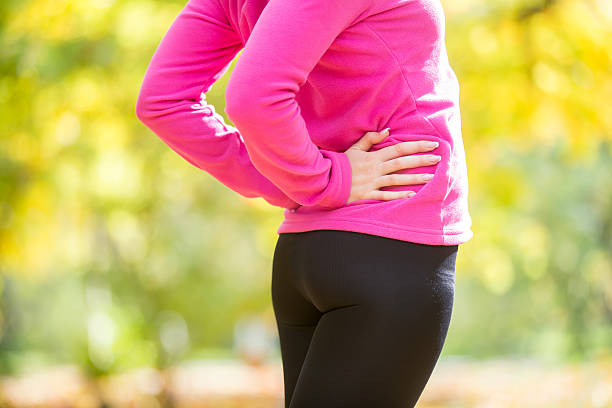
Hip and leg pain is a common condition that can affect people of all ages. This discomfort may have Multiple Origins, from joint problems to muscle injuries. Symptoms can vary and affect an individual's quality of life. Knowing its causes and types is essential to properly address this problem and explore possible care.
This pain occurs in the hip region and can radiate to the legs, causing significant discomfort that affects the daily lives of those who suffer from it.
There are a number of reasons that can trigger pain in these areas of the body. The most common include:
Anatomical structures that may be affected in case of hip and leg pain include:

The symptoms associated with hip and leg discomfort can vary considerably between individuals. However, there are certain recurring signs that are characteristic of this condition.
El Sorrow pain in the hips and legs can manifest itself in different ways. In some cases, it is localized to specific areas, such as the hip itself or the upper leg. However, it can also present as diffuse pain, extending along the leg or even down the back. This type of pain can be:
Identifying these characteristics is crucial to understanding the source of pain and proper care for it.
Another common symptom is stiffness that can be experienced on the hip. This stiffness may be especially noticeable in the morning or after extended periods of inactivity. As the day progresses, or after doing some activity, it can result in a sense of temporary improvement, although it often returns after sitting or resting for a long time. The loss of mobility, which can be accompanied by this stiffness, affects the ability to perform movements such as:
These disorders can have a significant impact on daily activities, affecting quality of life.
The sensations of Tingling or numbness in the legs are other symptoms that may be associated with hip pain. These signs indicate that there may be nerve compression or an alteration in blood flow affecting the extremities. It's important to pay attention to these symptoms, as they can affect motor control and sensation. In some cases, they may occur in:
These types of sensations, although they may be transient, may be a sign that a more complete medical evaluation is required.
Hip and leg pain can manifest in a variety of ways, depending on the underlying cause. Recognizing the different types is essential to address proper care.
Both conditions are common and are characterized by affecting the Joint system. La Arthrosis refers to the wear and tear of cartilage in the joints, while the Arthritis involves inflammation and impairment of the immune system.
Muscle injuries can result from excessive or poorly performed physical exertion, causing sharp or dull pain. For its part, the tendonitis is the inflammation of the tendons in the hip region, causing significant discomfort when performing movements.
Nerve problems can cause pain radiating to the hip and leg area, causing discomfort that is often confused with joint pain.
When intervertebral discs move, they can compress nerves, resulting in radiating pain and tingling sensations. Sciatica is a typical example, affecting the sciatic nerve that runs down the leg.
Compression of the sciatic nerve can cause severe pain that extends from the lower back to the legs. This type of pain often occurs in people who perform repetitive movements or who spend a lot of time sitting.
La chiropractic focuses on the diagnosis and care of musculoskeletal disorders, seeking to alleviate pain and improve function. It's an option Efficacious for those who suffer from hip and leg discomfort, using methods that promote joint and muscle health.

The chiropractic approach is based on manipulating the spine and other joints to correct misalignments and improve nervous system function. This care addresses not only the pain, but also the underlying causes. A comprehensive evaluation is performed to determine the best therapeutic strategy. Los chiropractors Analyze posture, range of motion and muscle function before designing a Individualized Care Plan.
Receiving chiropractic care can offer multiple benefits for mobility and pain relief. Among the most notable positive effects are:
The improvement in quality of life is remarkable, allowing patients to resume their daily activities more easily and without discomfort. Results are often quick, contributing to satisfactory general well-being.
Chiropractors use a variety of techniques to treat hip and leg pain. Some of the most common include:
These techniques are adaptable to the individual needs of each patient, ensuring more tailored and effective care and benefits.
Knowing the most common questions about hip and leg pain can be key to better understanding this condition and seeking appropriate solutions.
There are a number of therapeutic options available that vary depending on the underlying cause of the pain. The most common include:
Prevention is essential to minimize the risk of developing pain. Some useful recommendations include:
Improving the quality of life of those who suffer from hip and leg pain is essential. For this purpose, several strategies can be implemented:
